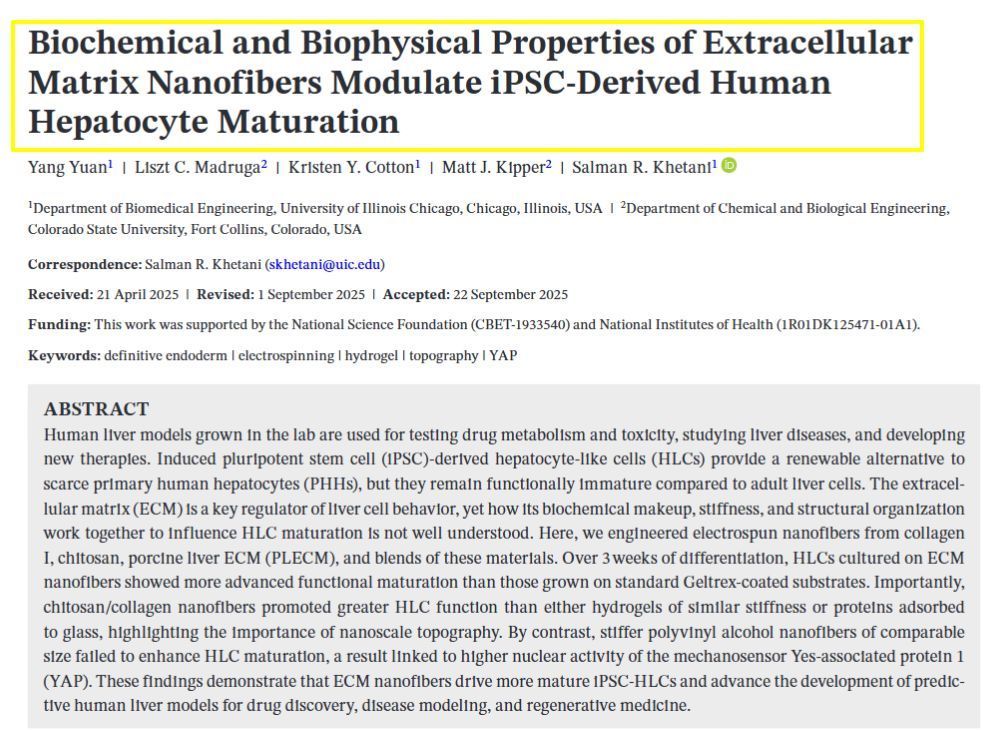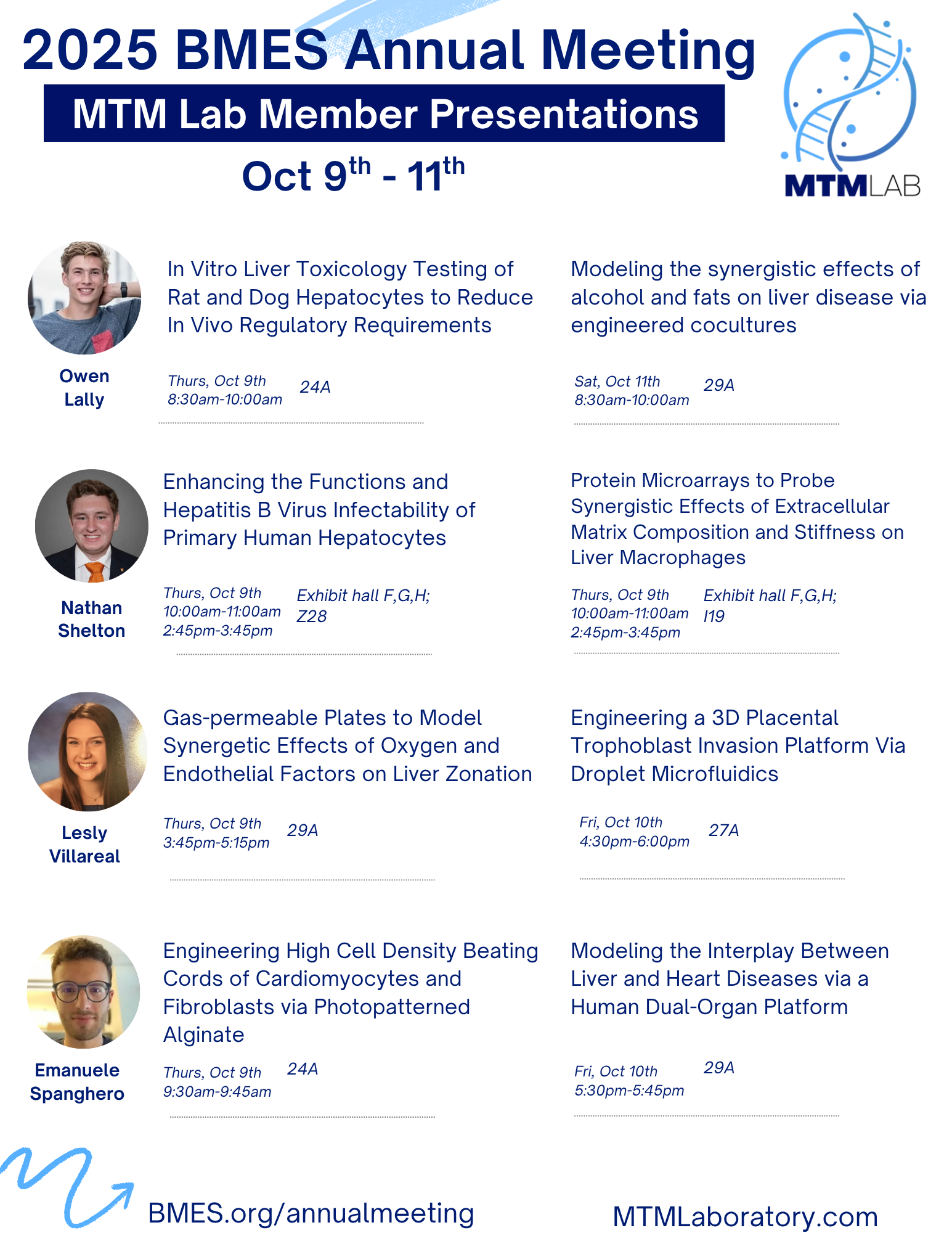Alcoholic Fatty Liver Disease: Understanding Risks and Treatments
Understanding Alcoholic Fatty Liver Disease
Alcoholic Fatty Liver Disease (AFLD) is a significant condition resulting from excessive alcohol consumption, leading to a spectrum of liver abnormalities ranging from simple steatosis to cirrhosis. This section outlines the critical aspects of AFLD, including its definition, epidemiological scope, contributing factors, and the progressive nature of the disease.
Definition and Progression
Alcoholic fatty liver disease is characterized by hepatic steatosis, where fat accumulates in the liver due to heavy alcohol use. When individuals consume more alcohol than the liver can process, it disrupts the breakdown of fats. If left unchecked, AFLD can advance from fatty liver to alcoholic hepatitis, an acute liver inflammation, and potentially to cirrhosis, where healthy liver tissue is substituted with scar tissue.
Epidemiology and Prevalence
The prevalence of AFLD is closely tied to patterns of alcohol consumption globally. Notably, it is more common in populations with higher rates of heavy alcohol use and binge drinking. Among those who consume alcohol excessively, AFLD is often the earliest form of alcohol-related liver disease (ALD) encountered.
Risk Factors and Alcohol Consumption
Major risk factors for developing AFLD include:
- Heavy Alcohol Use: Consistent intake of large quantities of alcohol.
- Binge Drinking: Consuming four to five drinks within two hours.
- Metabolic Syndrome: A cluster of conditions such as obesity, diabetes, and hypertension.
- High Body Mass Index (BMI): Increased body fat is associated with greater risk of fatty liver disease.
These risk factors amplify the likelihood of developing AFLD and further progression to severe liver disease.
Stages of Liver Disease
The stages of liver disease due to alcohol use evolve over time:
- Steatosis (Fatty Liver): Fat accumulation in liver cells, often asymptomatic.
- Alcoholic Hepatitis: Inflammation and cell death occur in the liver.
- Fibrosis: Excess fibrous tissue builds up in the liver due to ongoing inflammation.
- Cirrhosis: Final stage, with widespread fibrosis and impaired liver function, which can be categorized as:
- Compensated Cirrhosis: The liver still functions despite damage.
- Decompensated Cirrhosis: Liver function is inadequate, leading to serious health complications.
Each stage marks a progression in the severity of AFLD and potential for recovery decreases as the disease advances.
Diagnosis and Treatment Strategies
Effective management of Alcoholic Fatty Liver Disease (AFLD) involves prompt diagnosis and the implementation of treatment strategies aimed at mitigating liver damage and managing symptoms. AFLD treatment includes lifestyle modifications, medications, and in severe cases, liver transplantation.
Recognizing Symptoms and Complications
Patients with AFLD may experience a range of symptoms including fatigue, jaundice (yellowing of the skin and eyes), and ascites (accumulation of fluid in the abdomen). Complications such as portal hypertension, which can lead to gastrointestinal bleeding, and hepatic encephalopathy, characterized by mental confusion, are indicative of disease progression and warrant immediate medical attention.
Diagnostic Testing and Assessment
Diagnosis begins with an assessment of liver function through blood tests to evaluate liver enzymes, bilirubin levels, and other relevant markers. Imaging tests, including ultrasound, MRI, and potentially liver biopsy, are employed to assess the extent of liver damage. A biopsy can confirm the diagnosis by revealing fatty infiltration, inflammation, and liver cell damage.
Conventional and Emerging Treatments
The cornerstone of AFLD treatment is the cessation of alcohol consumption to prevent further liver damage. In addition to promoting abstinence, addressing alcohol dependency through counseling or support groups may be necessary. Medicines such as corticosteroids or pentoxifylline are prescribed for severe cases. When liver damage is advanced, liver transplantation may be considered. Emerging treatments, such as Vitamin E supplementation, are being researched for their potential to improve liver health in AFLD patients.
Lifestyle and Long-Term Management
Managing alcoholic fatty liver disease requires a comprehensive approach that focuses on sustainable lifestyle changes to aid in recovery and prevent further liver injury. These changes include a combination of diet, exercise, and weight management strategies; alcohol abstinence with supportive networks; and ongoing monitoring to prevent additional damage to the liver.
Diet, Exercise, and Weight Management
A healthy diet and regular exercise are crucial for managing body weight and reducing liver fat. A balance of macronutrients and micronutrients supports liver health and helps correct malnutrition:
- Weight Loss: Gradual weight loss, through calorie restriction and increased physical activity, can reduce liver fat. Aim for a steady loss of 0.5 to 1 kg (1.1 to 2.2 lbs) per week.
- Healthy Diet: Incorporate a diet high in fruits, vegetables, whole grains, and lean proteins while low in saturated fats and refined sugars.
- Body Mass Index (BMI): Maintain a BMI within the healthy range to reduce the risk of liver damage.
- Regular Exercise: Engage in at least 150 minutes of moderate-intensity exercise or 75 minutes of vigorous exercise per week.
Alcohol Abstinence and Support Systems
Abstinence from alcohol is imperative for individuals with alcoholic fatty liver disease:
- Complete Abstinence: Avoiding all forms of alcohol can halt the progression of liver disease and is essential for recovery.
- Support Systems: Seek out support groups, counseling, or medical programs specialized in alcohol dependency to provide necessary encouragement and accountability.
Monitoring and Preventing Further Injury
Continued surveillance is key in managing alcoholic fatty liver disease and preventing complications:
- Liver Health Monitoring: Regular check-ups with a healthcare provider, including liver function tests, can detect signs of liver injury early.
- Preventative Measures: Vaccinations for hepatitis A and B, controlling cholesterol levels, and managing other health conditions like diabetes can minimize additional liver stress.
- Nutritional Support: In cases of malnourishment, seek advice from a nutritionist or dietician to ensure adequate nutritional intake without overburdening the liver.



